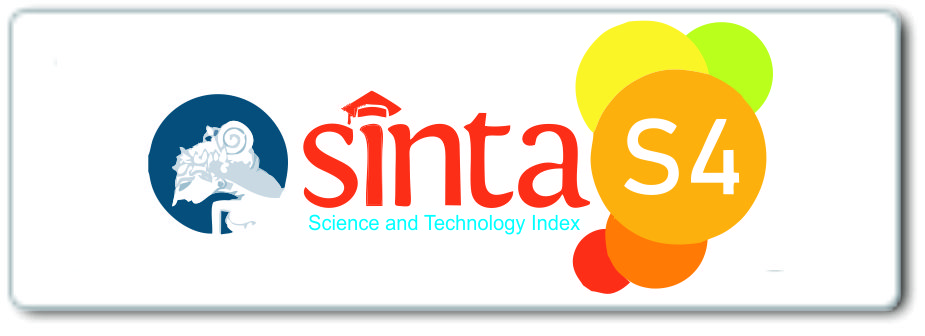Physical Properties Analysis of Activated Carbon from Oil Palm Empty Fruit Bunch Fiber on Methylene Blue Adsorption
DOI:
https://doi.org/10.32734/jotp.v1i1.824Keywords:
Oil palm empty fruit bunch fiber, chemical activation, activated carbon, physical properties, adsorptionAbstract
The present research was conducted to analyze the physical properties of activated carbon from oil palm empty fruit bunch fiber (OPEFBF) to be applied as methylene blue adsorbent material. The OPEFBF was pre-carbonized at 280oC for 4 hours in vacuum, milled, and sieved to obtain the self-adhesive carbon grain (SACG) with a size less than 106 µm. The chemical activation was done using potassium hydroxide (KOH) with variations of 25%, 50%, and 75% from the SACG weight, stirred at 400 rpm for 24 hours at room temperature and pyrolyzed using microwave irradiations at the output power of 720 W for 15 minutes. The physical properties of activated carbon consist of two characterizations, namely microstructure evaluated with X-ray diffraction (XRD) and surface morphology evaluated with scanning electron microscopy (SEM). The XRD pattern showed that the activated carbon had a semi-crystalline structure characterized by the presence of (002) and (100) planes at the diffraction angle of 2θ about 21o and 43o, respectively. The surface morphology of activated carbon depicted that a higher percentage of KOH resulted in more pores were formed. Thus, the higher the surface area of activated carbon, the greater the adsorption of methylene blue. The highest methylene blue adsorption was obtained in the sample of 75% KOH with 87.73 mg/g. The energy dispersive X-ray showed that the increase of KOH percentage used enhanced the percentage of carbon element produced.
Downloads
Downloads
Published
Issue
Section
License
Copyright (c) 2019 Journal of Technomaterial Physics

This work is licensed under a Creative Commons Attribution-ShareAlike 4.0 International License.








